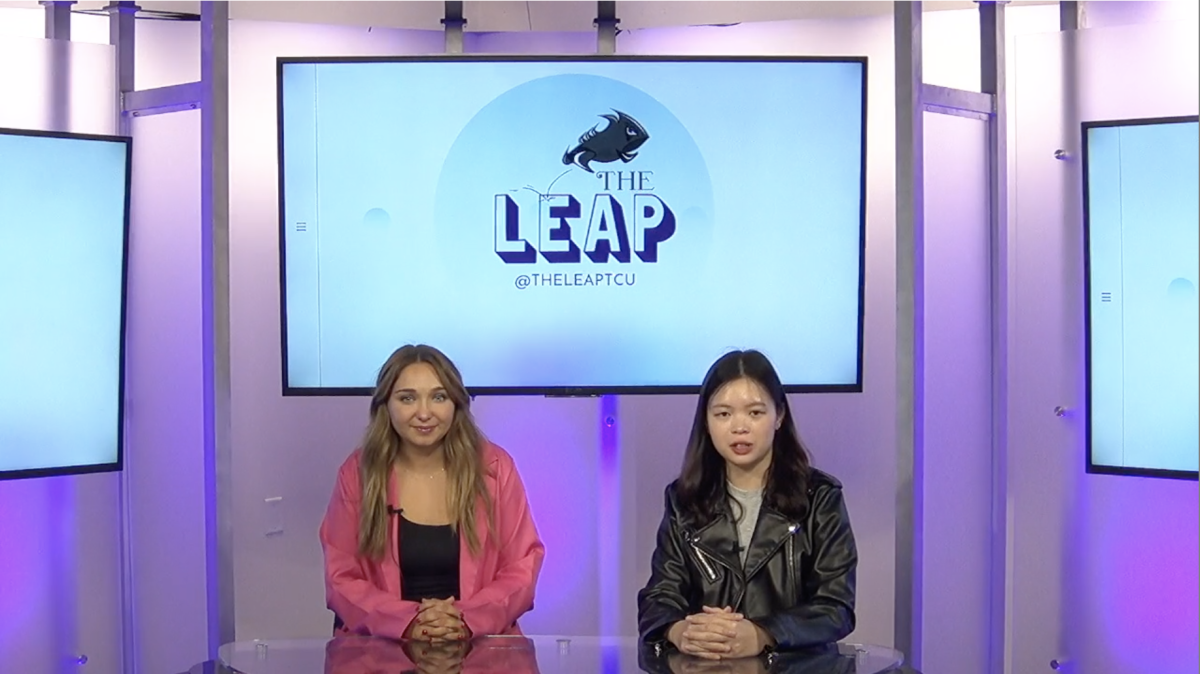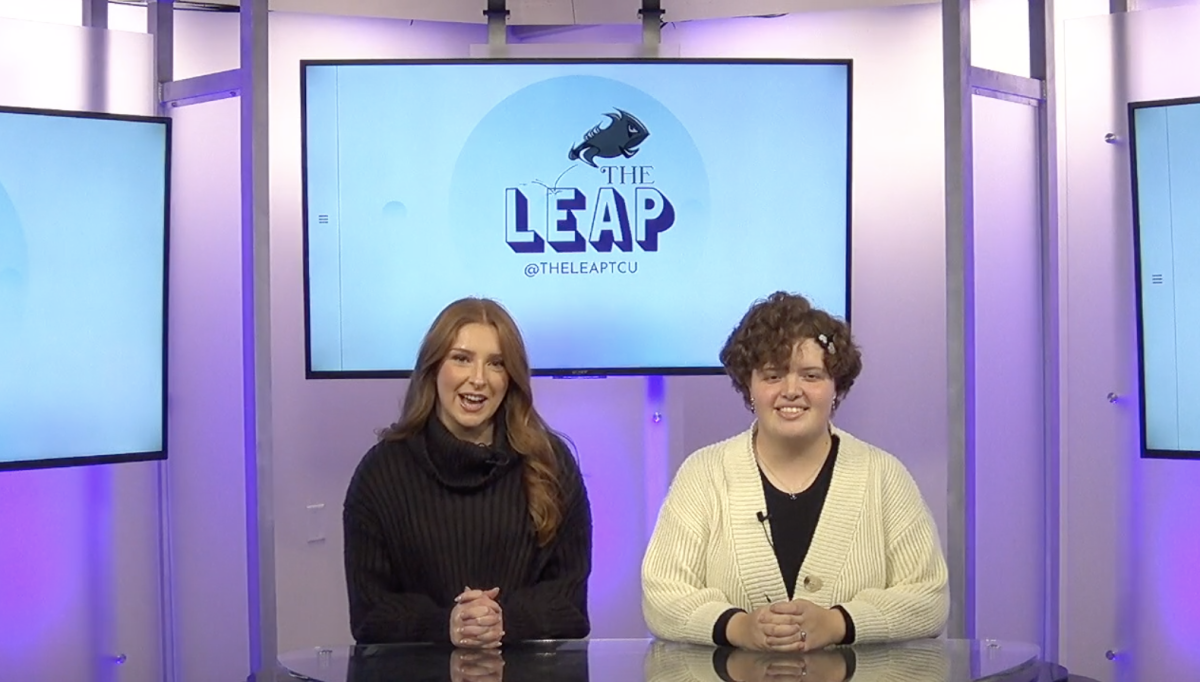After returning back to TCU from summer break, many students brought with them a glorious tan. Although this is not uncommon, simply being out in the Texas heat can turn anybody’s skin lobster red. Even though the days are becoming shorter, skin is becoming darker.
A new study by the University of Texas Southwestern Medical Center at Dallas has shown that visiting tanning beds is addictive not only for cosmetic reasons, but psychological ones as well. In the United States, 28 million people visit the tanning salon at least once a year. Of those patrons, 70 percent are Caucasian women aging from 16 to 29 years.
Awareness of the connection between using tanning beds and the release of dopamine in the brain should be more advertised, especially on TCU’s campus where many of these women live. To say tanning is a trend would be an understatement. It has become normal to see unnaturally dark skin at almost any time of the year.
The link between ultraviolet rays and cancer is not new information. According to The Skin Cancer Foundation website, UV rays, sourced from both tanning beds and the sun, are known carcinogens that cause melanoma, a dangerous form of skin cancer that can be fatal. Although most people are aware of these facts, a new study has found that because UV rays trigger a response in the brain by releasing dopamine and activating other rewards systems, tanning falls into the same category as other addictions such as cigarette smoking.
The problem with addictions is that although the user has used his or her free will to consent to using the substance, once he or she becomes addicted, he or she is surrendering the ability to make future decisions in the same objective manner. They are now held captive by their brain’s motivation to continue usage, despite the reasonable decision to stop because of the damage the excess of dopamine is causing. So, although it is a consumer’s free choice to begin using a tanning bed, it is no longer a rational decision after addictive patterns start to influence the brain. If students are informed of not only the adverse effects of too much UV exposure, which are already widely known, but how much control this habit has over them, they may think twice before using this sun alternative.
What a student does to his or her skin can affect other parts of his or her body, including the brain. According to the Texas Southwestern Medical Center study, more than 80 percent of undergraduate females develop seasonal affective disorder (SAD) after tanning, which supported the evidence of chemical imbalances that may ensue. The issue of whether or not to use tanning beds is not just skin deep. Students should take these reports into account before it is too late.
Sarah Greufe is a sophomore journalism major from Ardmore, Okla.






